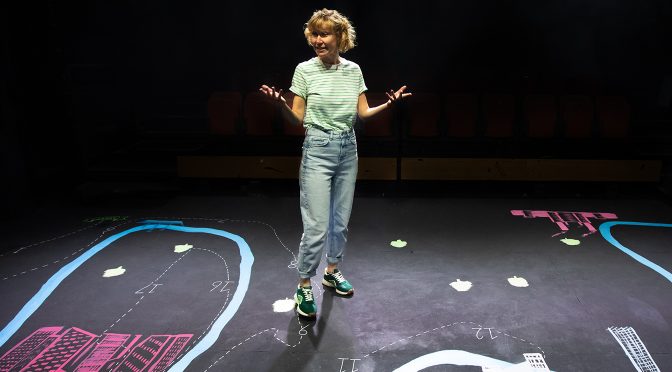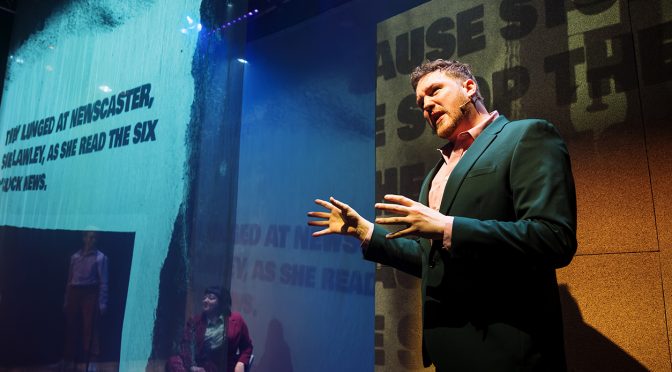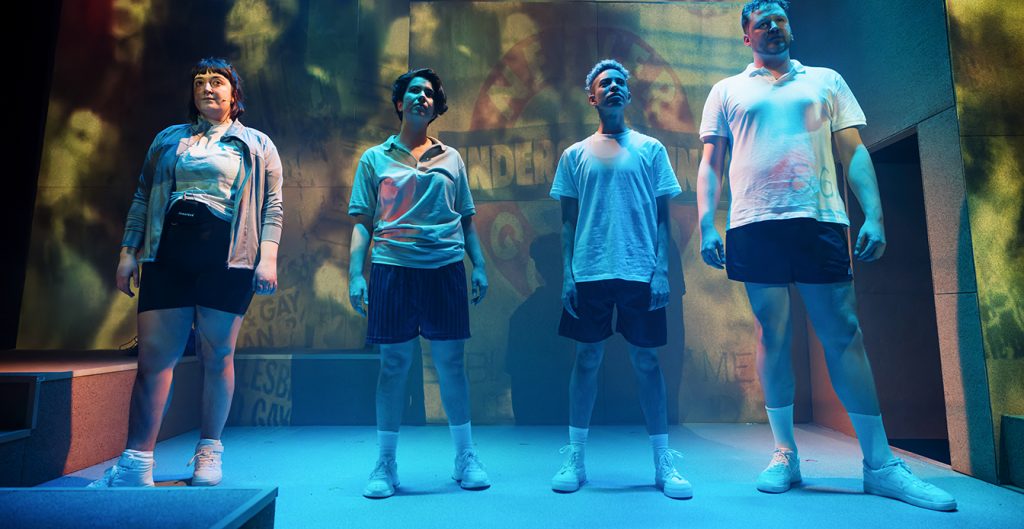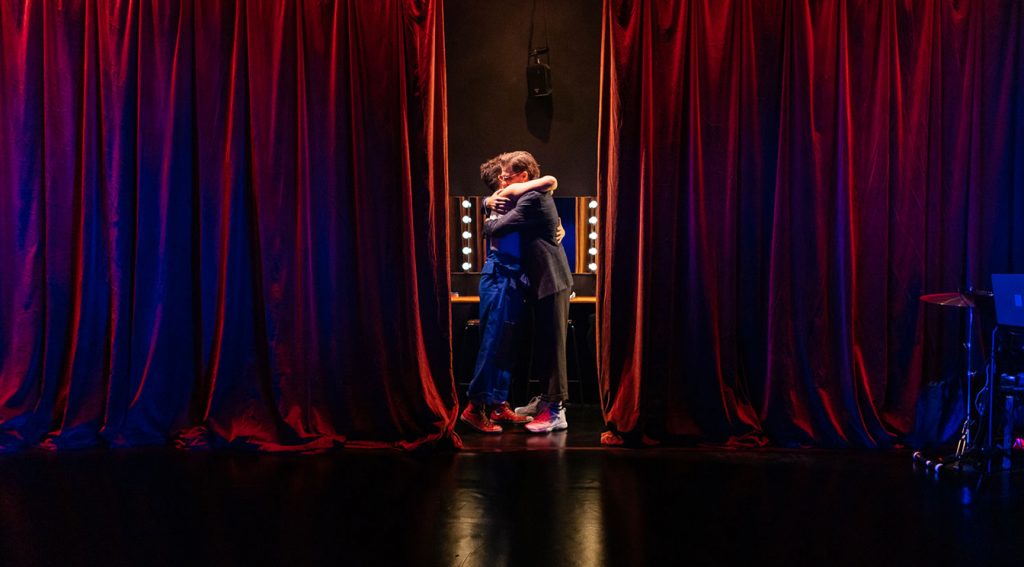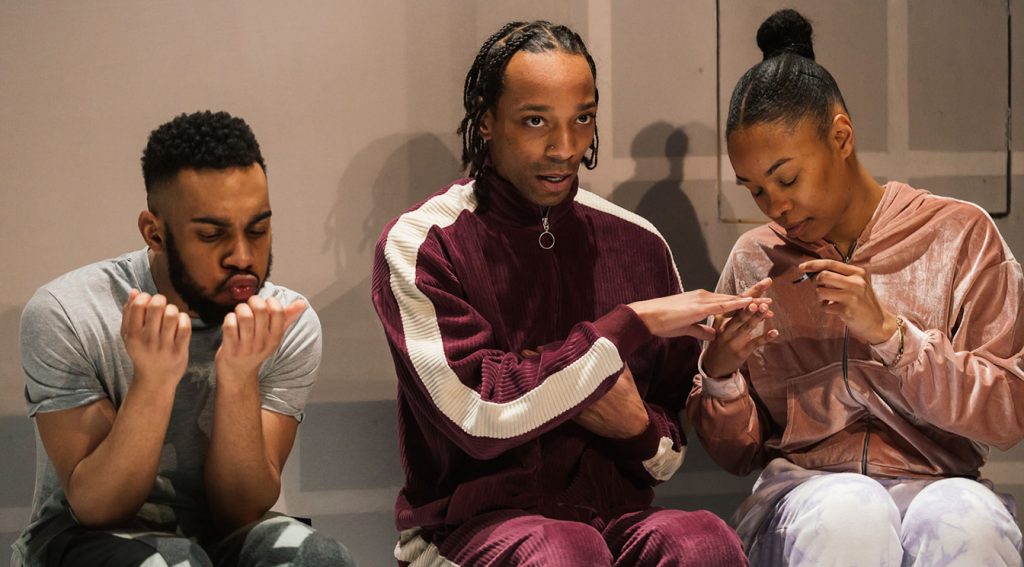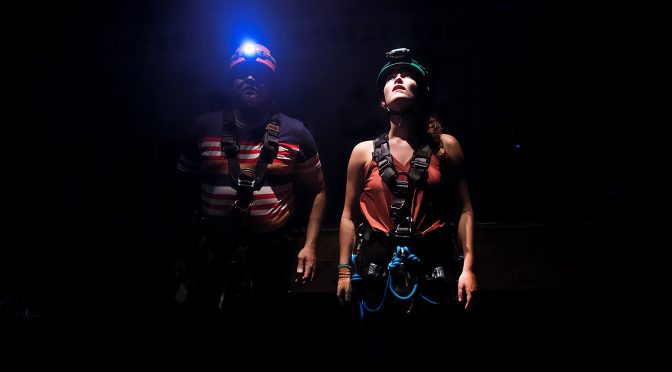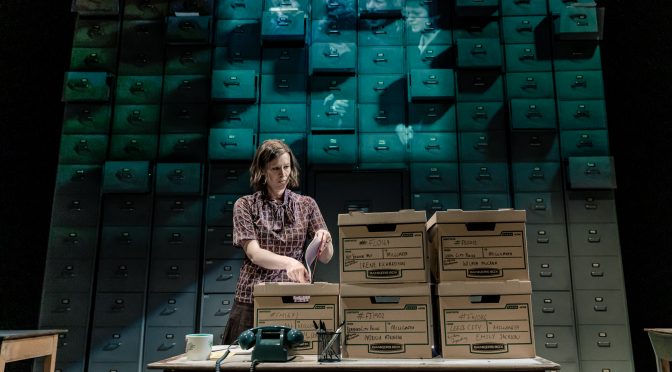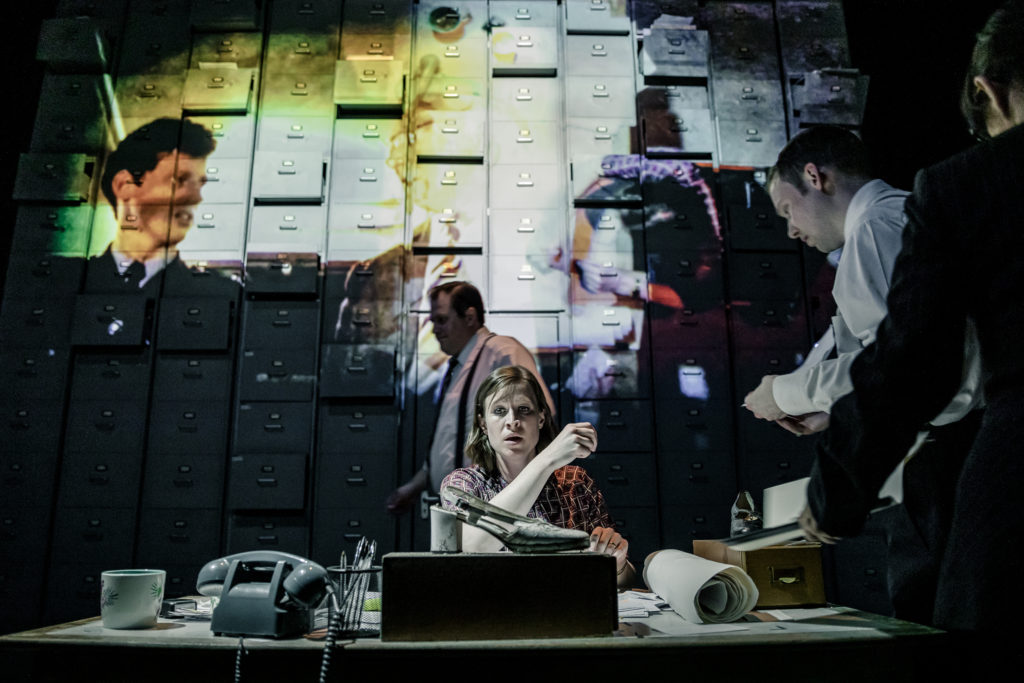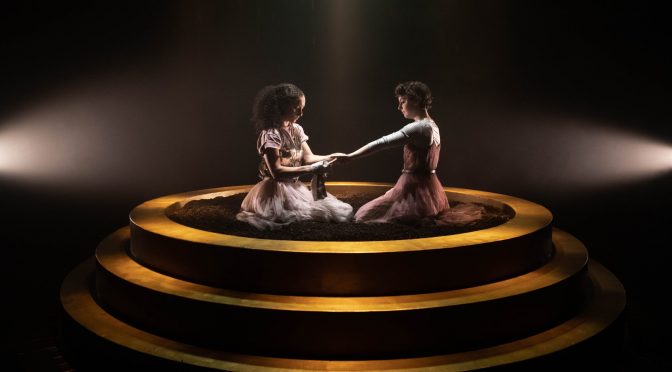You are probably going to cry by the end of Katie Arnstein’s play. After all, it’s about her time in the waiting room of Derby Royal Hospital while her mother undergoes chemotherapy. Arnstein sets out the shock of finding out someone you love is ill, and making sure we admire her mum, swiftly. But the surprise is that The Long Run is “a comedy about cancer”. The thrill and the joy of this fantastic show is how laugh-out-loud funny it is.
Arnstein is a good comedian with her quirky look at life and sharp eye on pop culture making strong foundations for plenty of great gags. And she has a great line in insults. But as Arnstein performs her piece, it’s clear the key is her delivery. Keen to point out that she is not the hero of the show, unafraid of making a fool of herself, she gets grumpy with others in the waiting room and acts like a toddler. With just the right amount of self-deprecation, Arnstein has the kind of charm most of us can only dream about – she is adorable and a pleasure to spend time with.
Working with director Bec Martin, the pacing of the show is impressive – there’s no room for self-indulgence in this race against cancer. Time is taken not just for punchlines but also important lessons. You don’t “beat” cancer; you just get time and treatment… if you are fortunate. And if that sounds grim it’s also a brave admission. Could the idea even be liberating? That time in the waiting room wasn’t wasted – it provides real insight.
There’s another surprise waiting as Arnstein has another story to tell. An old man called George is using the waiting room to train as a runner – his squeaky shoes annoy her! An uneasy friendship leads to his tear-jerking story. Again, the focus moves from Arnstein, and Martin does a great job as George’s London marathon is recounted and gets the whole theatre on side. It’s quite something to leave a play about cancer with a smile on your face and a spring in your step. Catch The Long Run while you can.
Until 13 April 2024
Photo by Ali Wright

